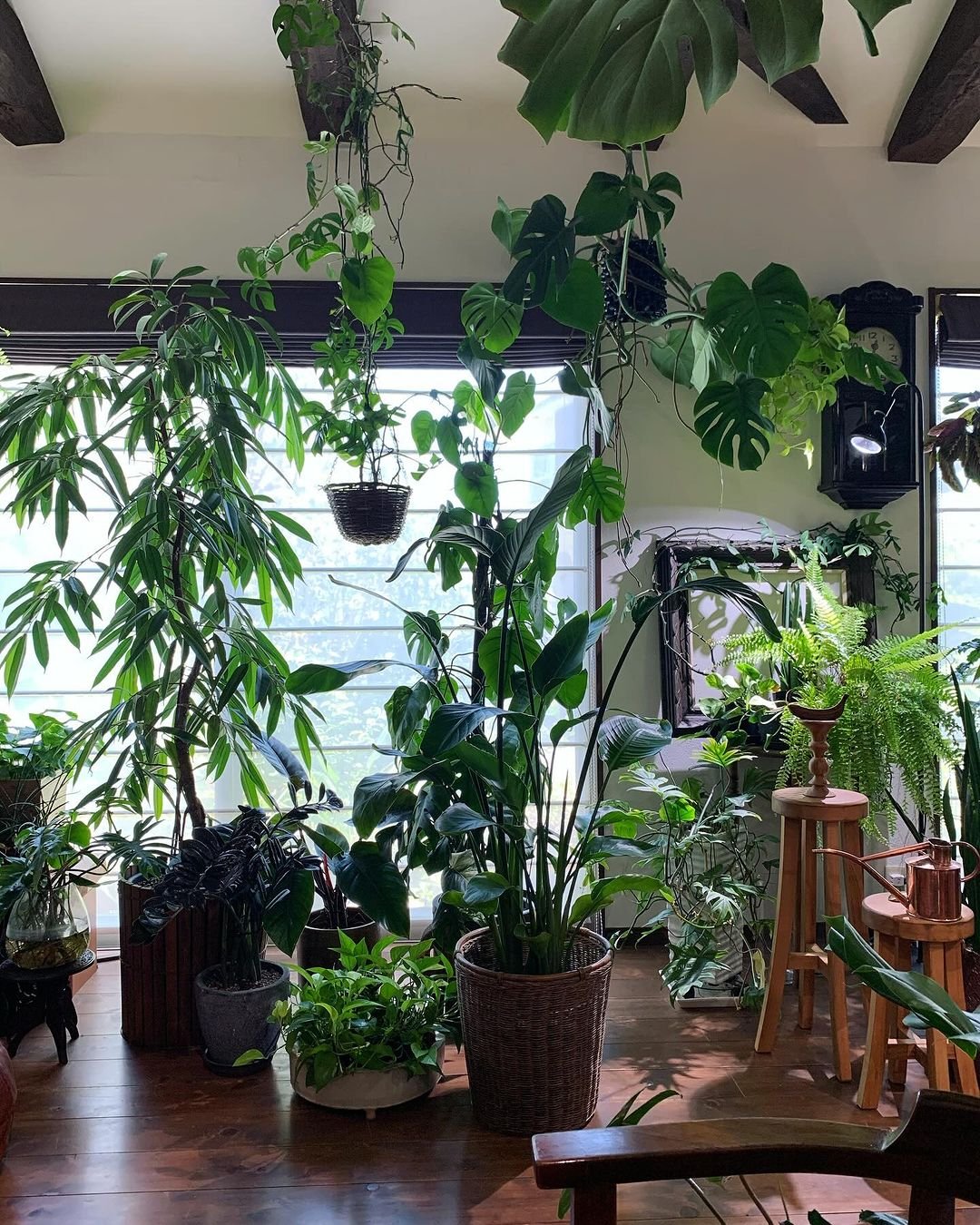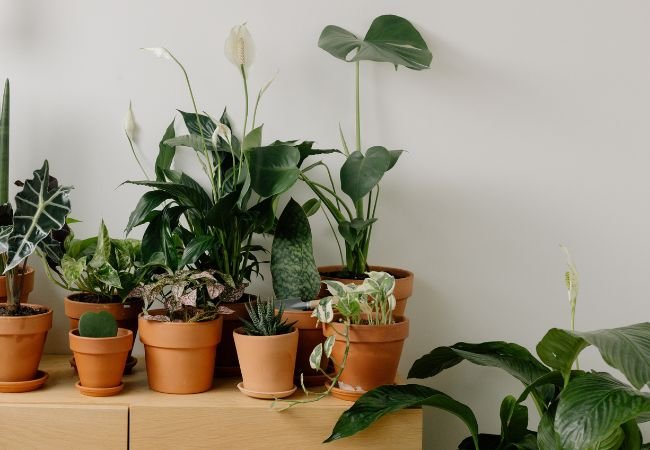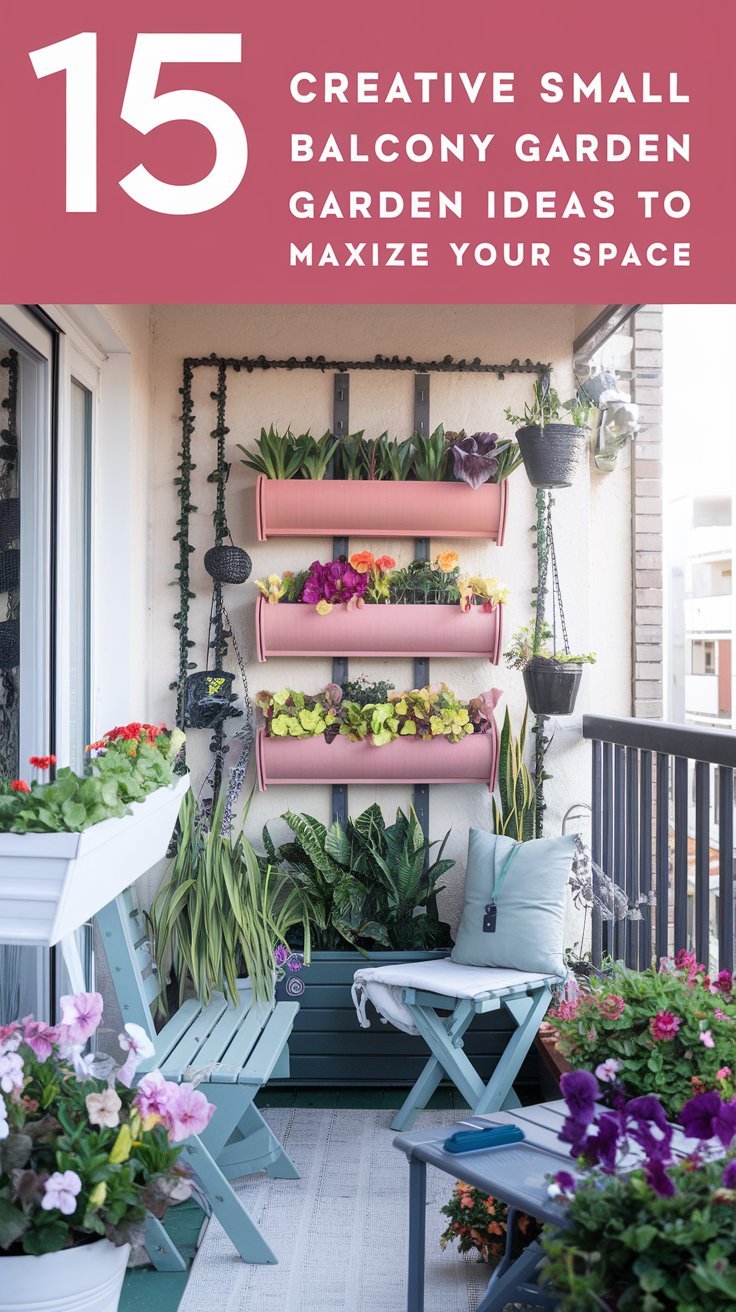Discover the secrets to creating a thriving indoor oasis! This comprehensive guide offers valuable insights into the ideal placement of houseplants, ensuring they receive the right amount of light, water and care to flourish beautifully while enhancing your living spaces.
Bringing plants into your home not only adds a touch of natural beauty but also provides numerous benefits for your well-being. From purifying the air to boosting your mood, houseplants are true gems. However, like any living thing, they require proper care and the right environment to thrive. One crucial factor in ensuring the health and vitality of your indoor plants is their placement. In this comprehensive guide, we’ll explore where to position various types of houseplants for optimal growth and share valuable tips to help you create a lush, rejuvenating indoor oasis.
Understanding Light Requirements

Light is the lifeblood of plants and different species have varying light needs. Before deciding where to place your houseplants, it’s essential to understand their light requirements. Here’s a breakdown of the three main categories:
Low Light Plants
These plants can tolerate dimly lit areas and are ideal for rooms with minimal natural light, such as bathrooms, offices or north-facing windows. Examples include Snake Plant, ZZ Plant and Pothos.
Medium Light Plants
These plants require moderate, indirect light and can thrive in east or west-facing windows or a few feet away from a bright, south-facing window. Examples include Philodendron, Chinese Evergreen and Dracaena.
High Light Plants
These sun-loving plants need direct, bright light and should be placed near south or west-facing windows. Examples include Succulents, Cacti and Fiddle-Leaf Fig.
By understanding your plants’ light needs, you can ensure they receive the appropriate amount of sunlight and avoid issues like leggy growth, leaf drop or sunburn.
Maximizing Natural Light
Natural light is the best source for houseplants, as it provides the full spectrum of light essential for their growth and development. Here are some tips for maximizing natural light in your home:
Window Placement
Position plants near windows that receive the appropriate amount of light for their needs. For example, low-light plants can be placed a few feet away from a window, while high-light plants should be placed directly in front of a sunny window.
Rotate Plants
Rotate your plants regularly to ensure even growth and prevent them from leaning towards the light source.
Use Sheer Curtains
Sheer curtains can help filter and diffuse harsh direct sunlight, creating a gentler environment for plants that prefer indirect light.
Prune Obstructions
Trim back any overhanging trees or bushes that may be blocking natural light from entering your home.
Supplementing with Artificial Light
In some situations, natural light may not be sufficient, or you may have plants with varying light requirements. In these cases, supplementing with artificial light can be a game-changer. Here are some options to consider:
Grow Lights
Invest in specialized grow lights designed to provide the appropriate light spectrum and intensity for indoor plants. LED grow lights are energy-efficient and long-lasting.
Fluorescent Lights
Fluorescent tube lights can provide adequate light for many houseplants, especially those with low to medium light needs.
Desk Lamps
For small plants or seedlings, a simple desk lamp with a full-spectrum bulb can provide the necessary light.
When using artificial light, it’s essential to follow the recommended placement and exposure times for your specific plants to prevent overexposure or insufficient light.
Considering Temperature and Humidity
While light is crucial, temperature and humidity also play significant roles in the health and growth of houseplants. Here are some tips for creating an ideal environment:
Avoid Drafts and Extreme Temperatures
Most houseplants prefer temperatures between 65°F and 80°F (18°C to 27°C). Avoid placing them near drafty areas, air conditioning vents or heating sources.
Group Plants Together
Grouping plants together can increase the ambient humidity, which many tropical plants thrive in.
Use Pebble Trays or Humidifiers
Place plants on pebble trays filled with water or use a humidifier to boost humidity levels in dry environments.
Monitor Bathroom and Kitchen Plants
Bathrooms and kitchens tend to have higher humidity levels, which can benefit some plants but harm others. Adjust plant placement accordingly.
By considering temperature and humidity, you can create a comfortable environment for your houseplants and prevent issues like wilting, leaf drop or pest infestations.
Practical Placement Considerations
Beyond light, temperature and humidity, there are a few practical considerations to keep in mind when positioning your houseplants:
Traffic Flow
Avoid placing plants in high-traffic areas where they may be knocked over or damaged. Keep them out of doorways and walkways.
Pet Safety
Some houseplants can be toxic to pets if ingested. Keep them out of reach or choose pet-friendly varieties if you have furry friends.
Furniture Placement
Consider the size and growth potential of your plants when positioning them near furniture. Avoid placing them too close to walls or furniture, as they may outgrow the space.
Staging and Aesthetics
Arrange your plants in a visually appealing manner, considering their shapes, sizes and colors. Use plant stands, shelves or hanging baskets to create interest and depth.
By considering these practical factors, you can ensure your houseplants not only thrive but also enhance the overall aesthetic of your living spaces.
Creating a Thriving Indoor Oasis
Houseplants bring nature into our homes, providing a sense of calm and tranquility. By understanding their light, temperature and humidity requirements and considering practical placement factors, you can create a lush indoor oasis that not only looks beautiful but also supports the overall well-being of your plants. Remember, every plant is unique and it may take some experimentation to find the perfect spot for each one. Embrace the journey, observe your plants’ responses and make adjustments as needed. With a little patience and care, you’ll soon have a thriving collection of houseplants that bring joy, purify the air and create a rejuvenating atmosphere in your living spaces.








Leave a Reply